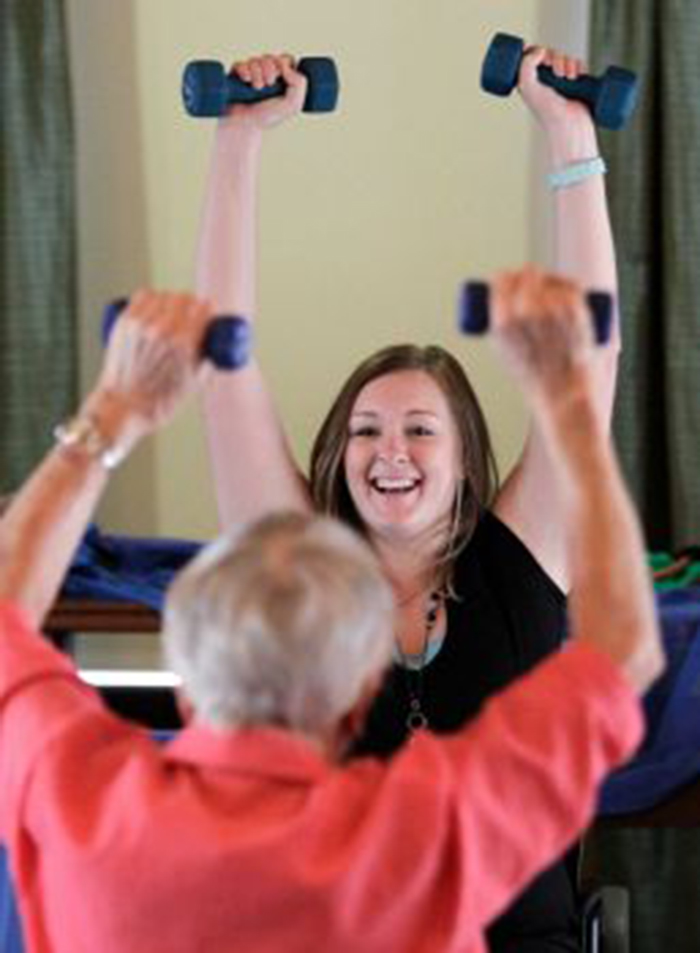
As Medicare begins a penalty system for hospitals that readmit patients less than 30 days after being discharged, many health care providers are looking at what happens to senior citizens during and after treatment.
Steven Fisher, University of Texas Medical Branch at Galveston professor, said about 20 percent of seniors who leave the hospital return within a month.
A recent study by Fisher found a link between the activity levels of elderly people who have just been released from the hospital and the chance that they will soon be back.
To test his theory, Fisher attached pedometers to the ankles of 111 hospitalized patients 65 and older, which they continued to wear for one week after being released. After 30 days of discharge, Fisher checked on readmission rates and found that people who were readmitted had walked significantly less, about a third less overall, than those who were not readmitted.
“We can’t say that simply not walking caused the readmissions, but we’re saying walking is an indicator of overall health,” Fisher said. “If they’re not walking, we can find out why and intervene before readmission is necessary. Walking requires coordinated efforts of multiple systems – musculoskeletal, motor control, pulmonary/cardio function … a decline in any of those systems has cumulative effects on health.”
The hospital readmission rules, part of the Obama administration’s health care reform, impose penalties on hospitals if too many patients are readmitted within 30 days of leaving the hospital.
At the Village at Gleannloch Farms, a retirement community in Spring, residents are on the go almost all the time, whether they’re in independent or assisted living, and whether they’re healthy as a horse or newly sprung from the hospital.
Executive director Kathy Johanns said she believes in the activity-readmission connection because so far this year they have had zero hospital readmissions within 30 days, she said.
“Sometimes residents have the mind-set that they need to lay in bed to get strong,” director of nursing Deborah Sees said. “That definitely does not work. As soon as I see somebody just lying in bed, I know it’s a downward spiral, and we have to get them moving.”
Maintaining daily actions, such as making beds and bending over to tie shoes, can be considered a form of exercise for those who have just returned from the hospital, but, pending doctor approval, exercising can begin even before then.
“If getting out of bed is too much, do bed exercises such as straight-leg raises, marching while lying down or sitting up on the side of the bed and extending your knees and legs repeatedly,” said Nino Iannello, physical therapist and owner/president of Pinnacle Therapy. “Anything is better than nothing at all.”
Source: Houston Chronicle
June 21, 2013
By Kim Kyle Morgan, photo by Melissa Phillip
http://www.chron.com/health/article/Study-Walking-keeps-seniors-from-heading-back-to-4614357.php










